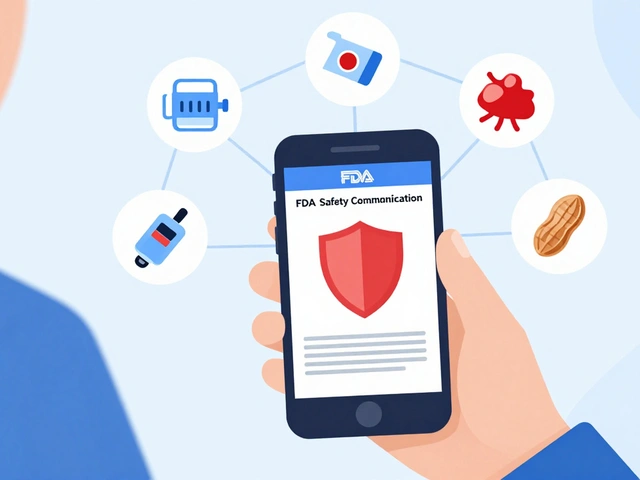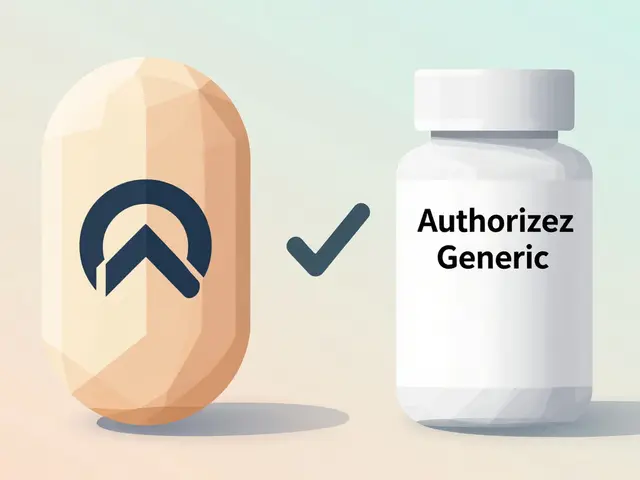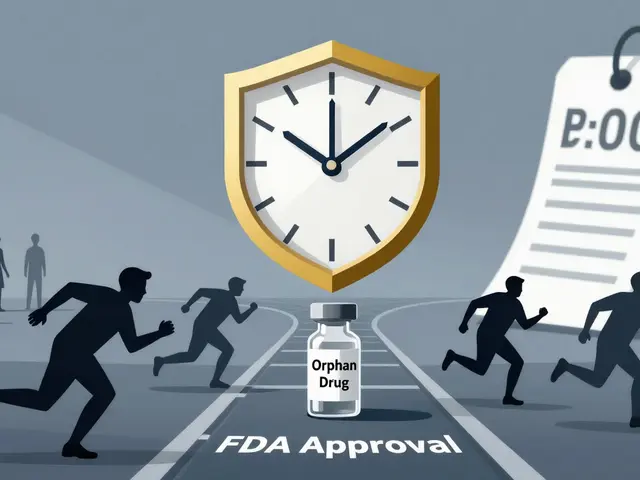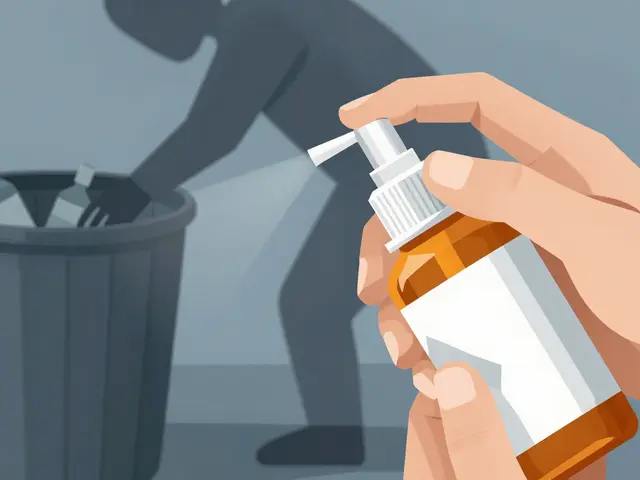Hypertension Treatment 2025: What’s New and What Works
If you have high blood pressure, 2025 brings more options but the basics still matter. You’ll see smarter combination pills, better home monitoring tools, and more telemedicine help. This short guide tells you what’s actually useful right now and what to ask your doctor.
First, the medication mix hasn’t changed: ACE inhibitors or ARBs, calcium channel blockers, and thiazide-type diuretics remain first-line for most people. What’s changed is easier access to fixed-dose combination pills that combine two medicines in one tablet. Combination pills improve adherence, reduce pharmacy visits, and often cut cost. If you’re switching drugs or starting therapy, ask if a single-pill combo is available for your regimen.
Home monitoring, targets, and telemedicine
Home blood pressure monitoring has become standard. Bring a two-week log of morning and evening readings to each visit. Targets are more personal now: younger adults often aim lower, while older or frail patients get gentler goals. Don’t chase one reading—doctors look for consistent trends. Telemedicine visits let clinicians review your home readings, adjust doses, and check side effects without an office trip.
New tools and procedures worth knowing
For people with resistant hypertension—where three drugs fail—renal denervation is re-emerging as an option after newer studies showed benefit for some patients. It’s not for everyone, but ask a hypertension specialist if you might qualify. Other device therapies and more precise BP tracking apps are appearing, but validate any device by checking FDA clearance or independent trial results.
Lifestyle changes still cut blood pressure more than a single drug for many people. Focus on cutting sodium to under 2 grams daily, losing 5–10% body weight if overweight, exercising 150 minutes a week, and limiting alcohol. Small daily changes add up: swapping processed snacks, walking after meals, and cooking with herbs instead of salt are practical steps.
Watch for drug interactions and side effects. Common blood pressure medicines can cause dizziness, low potassium, or cough. Alpha blockers like terazosin can drop pressure when you stand, and mixing blood pressure pills with erectile dysfunction drugs can cause sudden low blood pressure. Always tell every provider what you take, including supplements.
Cost and access matter. Look for generic versions, single-pill combinations, and legitimate discount services or pharmacy programs if you need savings. If you buy online, use pharmacies that require a prescription, display licensing, and have clear contact info. Avoid sellers that ship without a prescription or pressure you with deep discounts and no paperwork.
Finally, keep a simple plan: measure at home, keep a list of meds, ask about single-pill combos, and discuss specialist referral if your BP stays high despite treatment. Small, consistent steps plus good communication with your clinician make the biggest difference in 2025.
Start simple: schedule regular checks, bring a recent meds list, record home readings, and ask your provider about side effects and cheaper brands. If you struggle with pills, ask about once-daily or combination options. Small fixes now prevent big problems later and stay consistent.
Discover the top five alternatives to Chlorthalidone for managing hypertension and edema in 2025. Explore the benefits and downsides of Hydrochlorothiazide, Lisinopril, Amlodipine, Doxazosin, and Clonidine. This guide provides practical insights, helping you make informed decisions about your treatment options.
Continue reading...






